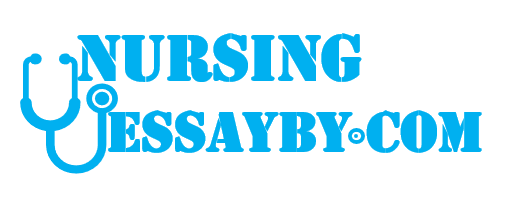Part I.
A reservoir is a natural habitat or environment where an infectious agent or toxin lives, grows, or multiplies in humans, animals, and the environment. There are various ways by which a disease agent is transmitted from its natural reservoir to a susceptible host. These are classified as direct (direct contact such as droplet or fluid contact) or indirect (airborne, vehicle-borne, vector-borne).
It is likely your community has had a cluster of foodborne E. coli cases. Using an example of foodborne E.coli 0157:H7 describe:
the possible reservoir,
modes of transmission, and
how the National Notifiable Disease Surveillance System would work for reporting E. coli cases.
Refer to the video resources for a description of this video that I encourage you to watch.
https://youtu.be/FjfMGdulEiU?si=qWJZ3fXrkyi-DdpE
Gordis Epidemiology: with STUDENT CONSULT Online Access 6th Edition6th Edition
this is the book

